Home>Gardening & Outdoor>Outdoor Recreation & Activities>What Size Generator Do I Need For A Bounce House
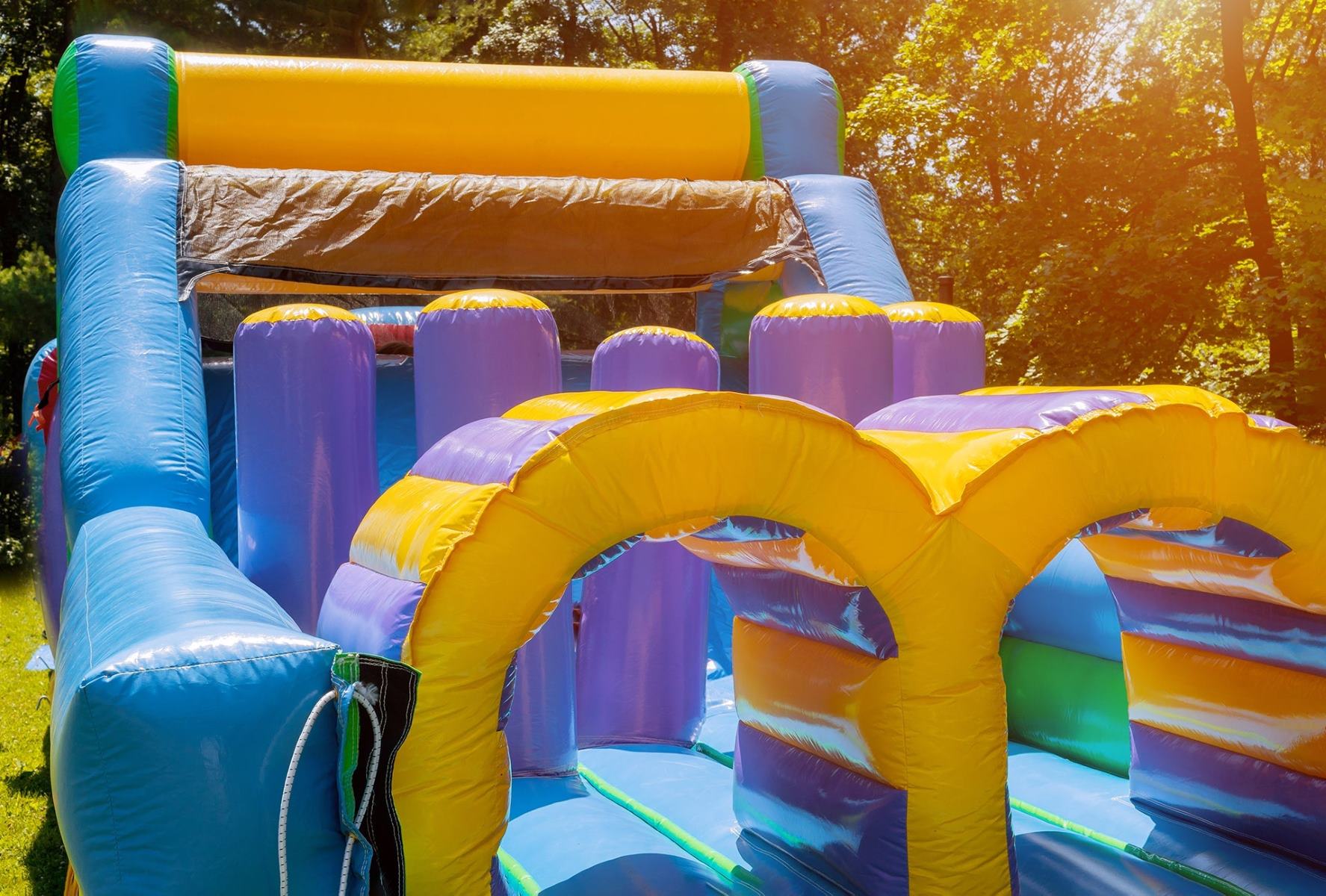

Outdoor Recreation & Activities
What Size Generator Do I Need For A Bounce House
Modified: January 5, 2024
Find the perfect generator size for your bounce house with our outdoor recreation and activities guide. Ensure uninterrupted fun for your next event!
(Many of the links in this article redirect to a specific reviewed product. Your purchase of these products through affiliate links helps to generate commission for Storables.com, at no extra cost. Learn more)
Understanding Bounce House Power Requirements
Bounce houses, also known as inflatable castles or bouncy castles, are a staple at children's parties, carnivals, and outdoor events. These colorful and inflatable structures provide endless entertainment for kids, allowing them to jump, bounce, and play to their heart's content. However, powering these inflatable marvels requires careful consideration and planning.
Inflatable bounce houses typically require a constant source of power to keep their air pumps running. These air pumps ensure that the bounce house remains inflated and safe for children to enjoy. Without a reliable power source, the bounce house would deflate, posing potential safety hazards and disrupting the fun.
Understanding the power requirements of a bounce house is crucial for event organizers, parents, and anyone tasked with setting up these delightful attractions. It involves assessing the electrical needs of the bounce house and selecting the appropriate power source to ensure uninterrupted fun for the young revelers.
In this comprehensive guide, we will delve into the intricacies of bounce house power requirements, offering valuable insights into calculating the power needs for your specific bounce house and choosing the right size generator to keep the fun going. Whether you're a seasoned event planner or a parent preparing for a backyard celebration, this guide will equip you with the knowledge needed to power your bounce house effectively and safely.
So, let's embark on this enlightening journey into the world of bounce house power requirements, where we'll unravel the mysteries of wattage, amperage, and generator sizes to ensure that your bounce house remains a beacon of joy and laughter for the little ones.
Understanding Bounce House Power Requirements
When it comes to setting up a bounce house, one of the most critical considerations is ensuring a reliable power supply. Bounce houses rely on continuous airflow to remain inflated and safe for use. This means that a consistent source of electricity is essential to keep the fun bouncing along without any interruptions.
The primary component responsible for maintaining the bounce house’s structural integrity is the air blower or pump. This device operates continuously to keep the bounce house inflated, ensuring that it retains its shape and bounce. Without a steady flow of air, the bounce house would quickly lose its form and, potentially, become a safety hazard.
Most bounce houses are designed to operate with standard 120-volt electrical systems, similar to those found in typical household outlets. However, it’s crucial to note that the power requirements can vary based on the size and design of the bounce house. Larger or more intricate inflatable structures may demand higher wattage to maintain proper inflation.
Additionally, it’s essential to consider the power consumption of the bounce house in conjunction with other electrical devices that may be in use at the event location. This includes any additional inflatables, lighting, sound systems, or food and beverage equipment. Understanding the collective power needs of all these devices is vital in determining the appropriate power supply for the entire event.
Furthermore, outdoor events often pose unique challenges in terms of power accessibility. In remote locations or outdoor settings where traditional power outlets are scarce, alternative power sources such as generators become indispensable. Choosing the right generator to meet the power demands of the bounce house and other event equipment is a crucial aspect of event planning.
By gaining a thorough understanding of the power requirements specific to your bounce house and event setup, you can ensure a seamless and enjoyable experience for all attendees. This knowledge empowers event organizers, parents, and anyone involved in setting up bounce houses to make informed decisions regarding power supply, ultimately contributing to the safety and success of the event.
Now that we’ve laid the groundwork for comprehending bounce house power requirements, let’s delve into the process of calculating the precise power needs for your bounce house, setting the stage for a successful and electrifying event.
Calculating the Power Needs for Your Bounce House
Accurately determining the power requirements for your bounce house is a crucial step in ensuring a smooth and uninterrupted experience for the young thrill-seekers. By calculating the precise power needs of the inflatable structure, you can select the appropriate power source, whether it’s a dedicated electrical outlet or a generator, to keep the bounce house fully inflated and operational throughout the event.
The first step in this process is to identify the wattage rating of the bounce house’s air blower or pump. This information is typically provided by the manufacturer and can be found on the product label or in the user manual. The wattage rating indicates the amount of power required to operate the blower effectively.
Once you have the wattage rating, you can use it to calculate the energy consumption of the blower. This is done by multiplying the wattage rating by the number of hours the bounce house will be in use. For example, if the blower has a wattage rating of 600 watts and the event is expected to last 4 hours, the total energy consumption would be 2400 watt-hours (600 watts x 4 hours).
It’s important to consider the potential simultaneous use of multiple inflatables or other electrical devices that share the same power source. In such cases, the combined wattage of all devices must be factored into the overall power calculation to ensure that the power supply can meet the collective demand.
Moreover, if you plan to power the bounce house using a generator, it’s essential to account for the generator’s power output capacity. Generators are typically rated in watts and can accommodate a specific load based on their wattage rating. Ensuring that the generator’s output capacity exceeds the total power demand of the bounce house and other devices is crucial for reliable and uninterrupted operation.
Another aspect to consider is the starting or surge power required by the blower. When the blower initially starts, it may demand a higher wattage for a brief period before settling into its regular operating wattage. This surge power, also known as the starting wattage, should be factored into the power calculation to prevent overloading the power source during startup.
By diligently calculating the power needs for your bounce house and factoring in potential variations such as simultaneous device usage and starting wattage, you can make informed decisions regarding the power supply for your event. This meticulous approach ensures that the bounce house remains fully operational, providing a safe and enjoyable experience for the young participants.
With a clear understanding of the power requirements and a precise calculation of the energy needs, you are now equipped to select the right size generator to power your bounce house effectively. Let’s explore the considerations involved in choosing the appropriate generator to keep the bounce house bouncing with unbridled energy and excitement.
When choosing a generator for a bounce house, make sure it has enough wattage to power the blower. A 1 HP blower needs at least 1000 watts, so calculate based on the blower’s power.
Choosing the Right Size Generator
When it comes to powering a bounce house, selecting the right size generator is a pivotal decision that directly impacts the seamless operation and safety of the inflatable structure. Generators serve as a reliable alternative power source, especially in outdoor settings where traditional electrical outlets may be limited or unavailable. By choosing a generator with the appropriate capacity, you can ensure that the bounce house remains fully inflated and ready to delight the young participants throughout the event.
The first consideration when choosing a generator is its power output capacity, which is measured in watts. To determine the suitable generator size for your bounce house, start by adding the wattage ratings of all electrical devices that will be powered by the generator. This includes the bounce house blower, any additional inflatables, and other electrical equipment such as lighting, sound systems, or food and beverage appliances.
It’s crucial to select a generator with a power output capacity that exceeds the total wattage requirement of all connected devices. This ensures that the generator can comfortably handle the combined load without being strained or overloaded, which could lead to operational issues or potential hazards.
Considering the starting wattage of the bounce house blower is essential when choosing a generator. As mentioned earlier, the blower may require a higher surge power when it starts before settling into its standard operating wattage. Selecting a generator with sufficient starting wattage capacity prevents any power supply issues during the initial startup phase of the blower.
Portability and noise level are additional factors to contemplate when selecting a generator for a bounce house. Portable generators offer convenience in terms of transportation and maneuverability, allowing for easy positioning near the bounce house while minimizing cable lengths. Furthermore, opting for a generator with low noise emissions contributes to a more pleasant and enjoyable environment for the event attendees.
Another aspect to consider is the generator’s fuel type. Generators are available in various fuel options, including gasoline, propane, and diesel. Each fuel type has its own set of advantages and considerations, such as fuel availability, storage, and environmental impact. Choosing a generator fuel type that aligns with your specific requirements and logistical considerations is pivotal in ensuring a reliable and sustainable power supply for the bounce house and other event equipment.
By carefully evaluating the power output capacity, starting wattage, portability, noise level, and fuel type, you can select a generator that meets the unique power needs of your bounce house and event setup. This thoughtful selection process empowers you to provide a safe, engaging, and uninterrupted experience for the young participants, ensuring that the bounce house remains a focal point of joy and excitement.
With a well-informed approach to selecting the right size generator, you are now poised to power your bounce house effectively, creating an electrifying atmosphere that sets the stage for a memorable and exhilarating event.
Conclusion
Powering a bounce house effectively is a fundamental aspect of creating a safe, enjoyable, and memorable experience for children at events and gatherings. By understanding the power requirements of bounce houses, calculating the precise energy needs, and selecting the right size generator, event organizers and parents can ensure uninterrupted fun and excitement for the young participants.
Throughout this guide, we’ve explored the intricacies of bounce house power requirements, shedding light on the critical role of continuous airflow in maintaining the structural integrity and safety of these inflatable attractions. We’ve emphasized the importance of accurately calculating the power needs of the bounce house, factoring in wattage ratings, energy consumption, and potential simultaneous device usage to make informed decisions regarding the power supply.
Furthermore, we’ve delved into the process of choosing the right size generator, highlighting the significance of power output capacity, starting wattage, portability, noise level, and fuel type considerations. By carefully evaluating these factors, event organizers and parents can select a generator that aligns with the unique power demands of the bounce house and other event equipment, ensuring a seamless and electrifying experience for all attendees.
Ultimately, the successful operation of a bounce house hinges on a well-planned and reliable power supply. By equipping yourself with the knowledge and insights shared in this guide, you are empowered to create a vibrant and engaging atmosphere where children can revel in the sheer delight of bouncing and playing to their heart’s content.
As you embark on your journey of setting up and powering bounce houses for various events and celebrations, may this guide serve as a valuable resource, enabling you to navigate the complexities of bounce house power requirements with confidence and proficiency. With a steadfast commitment to safety, enjoyment, and meticulous planning, you can transform any gathering into an enchanting and exhilarating experience for children, leaving them with cherished memories of boundless fun and laughter.
So, go forth with the wisdom gleaned from this guide, and let the bounce houses stand as beacons of joy, inviting children to immerse themselves in the sheer delight of bouncing and playing amidst a backdrop of seamless and uninterrupted fun.
Frequently Asked Questions about What Size Generator Do I Need For A Bounce House
Was this page helpful?
At Storables.com, we guarantee accurate and reliable information. Our content, validated by Expert Board Contributors, is crafted following stringent Editorial Policies. We're committed to providing you with well-researched, expert-backed insights for all your informational needs.
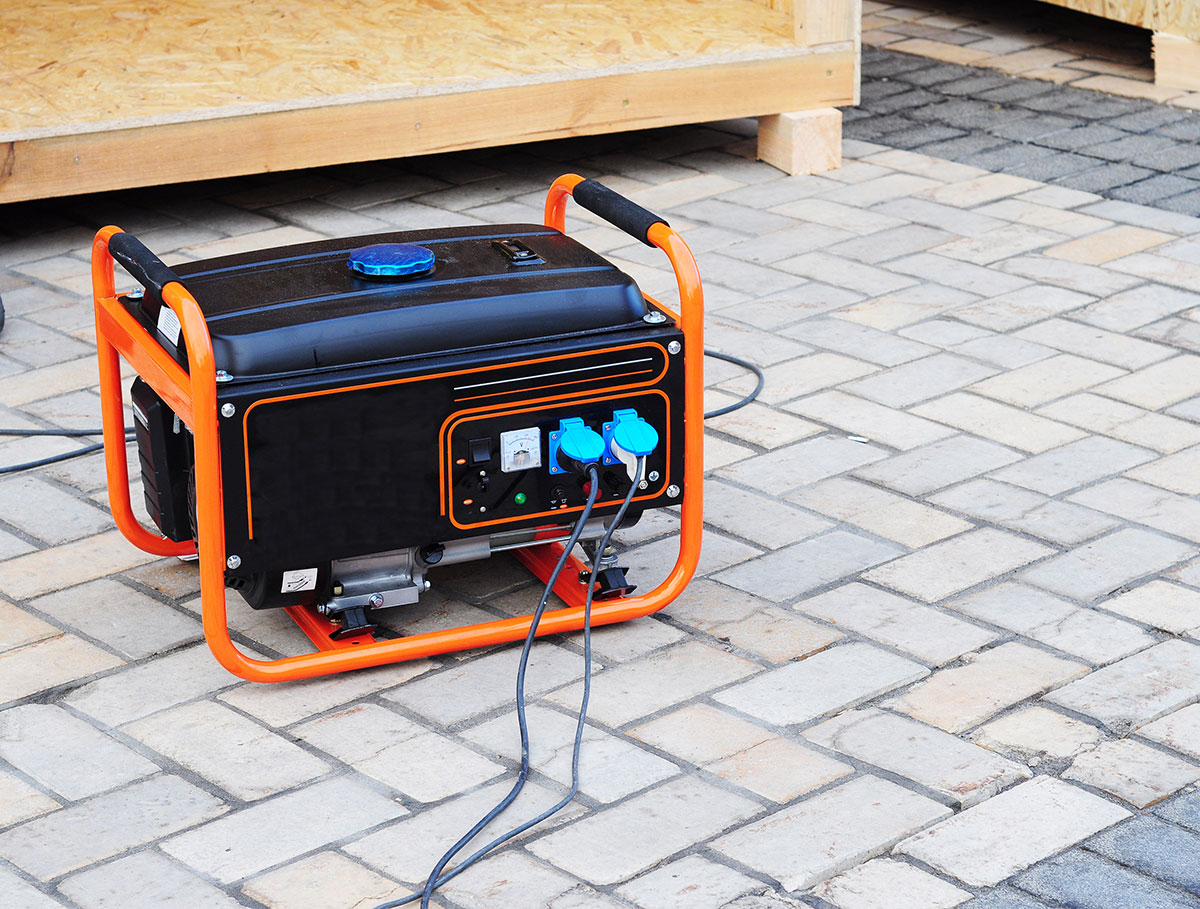
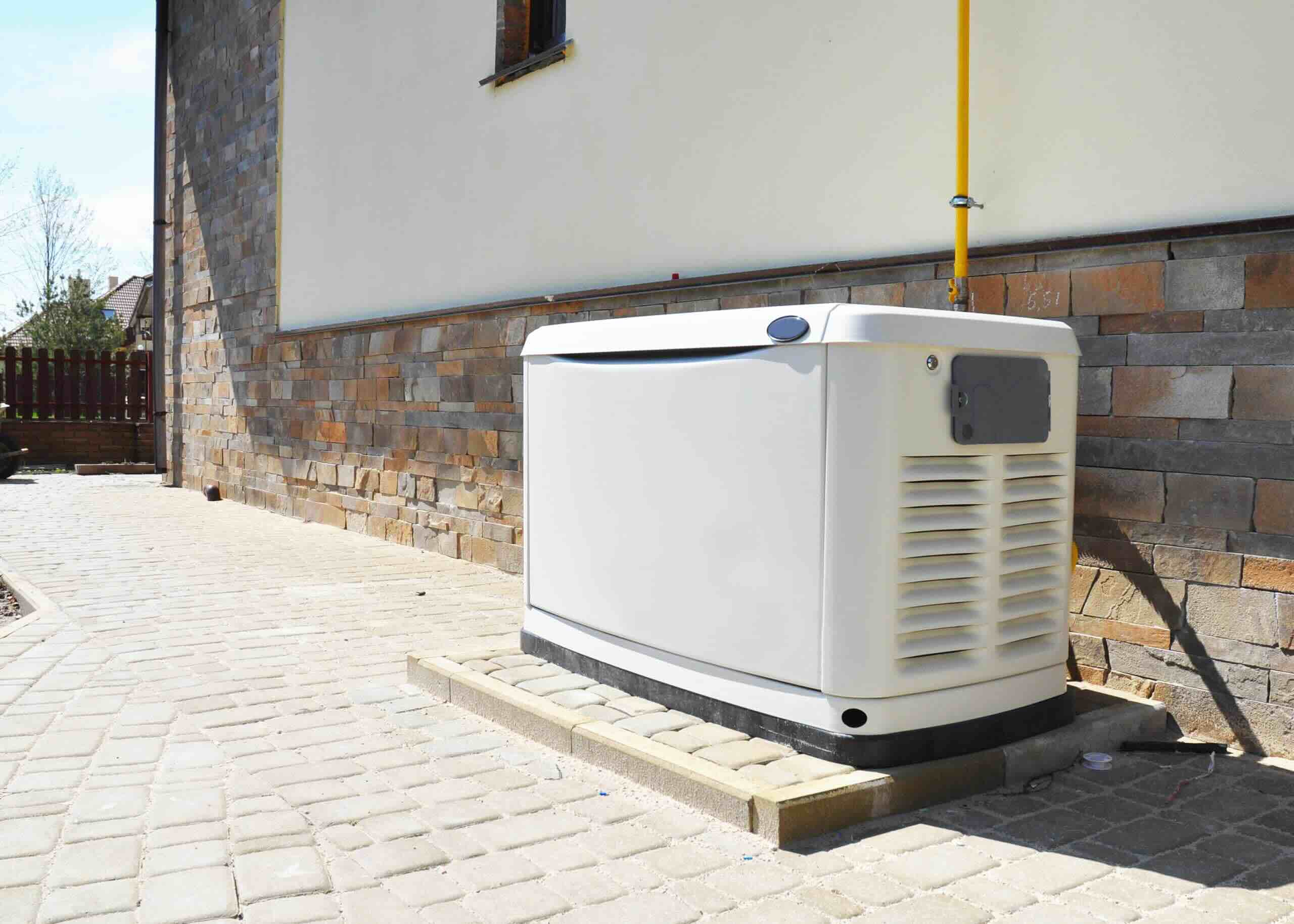
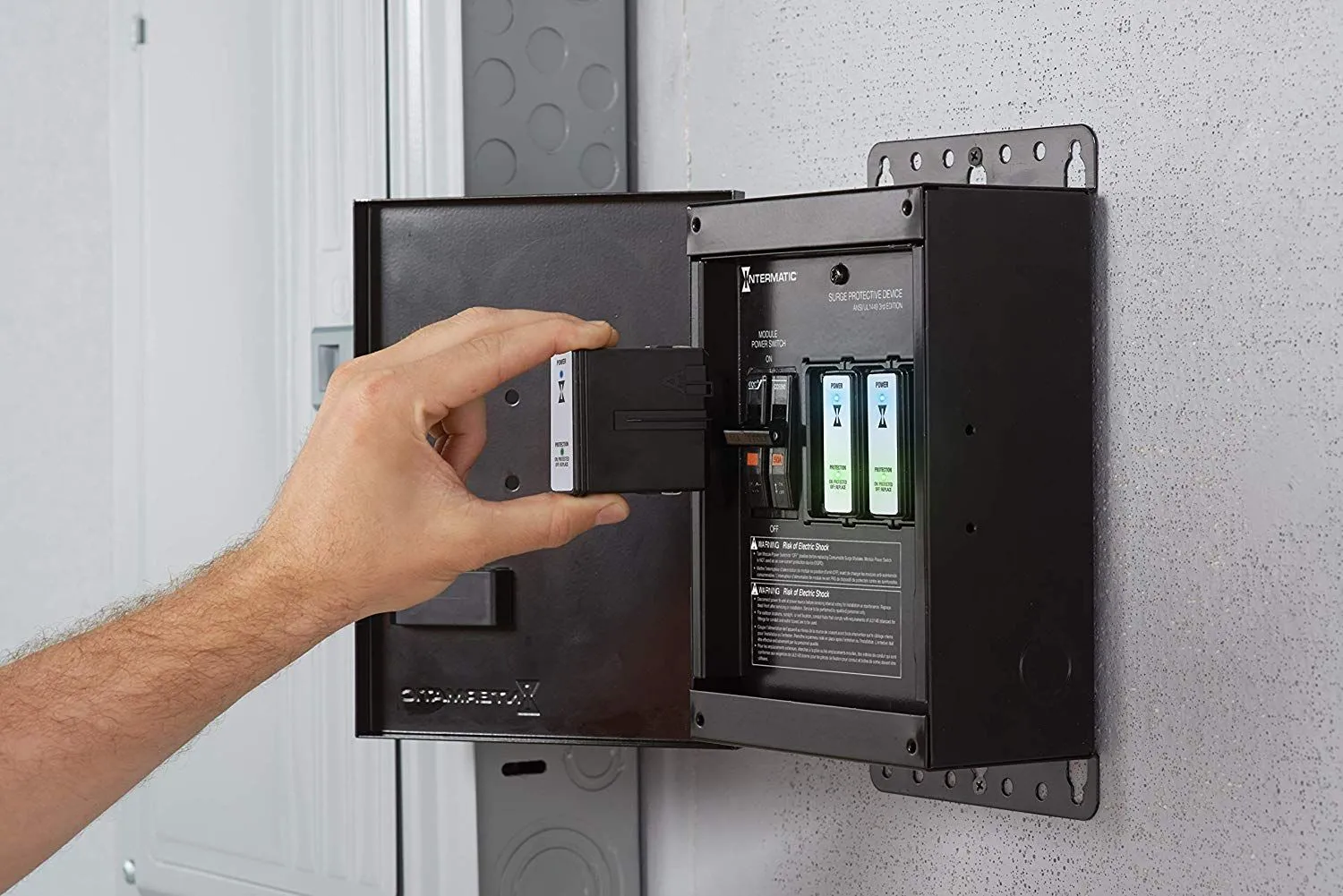

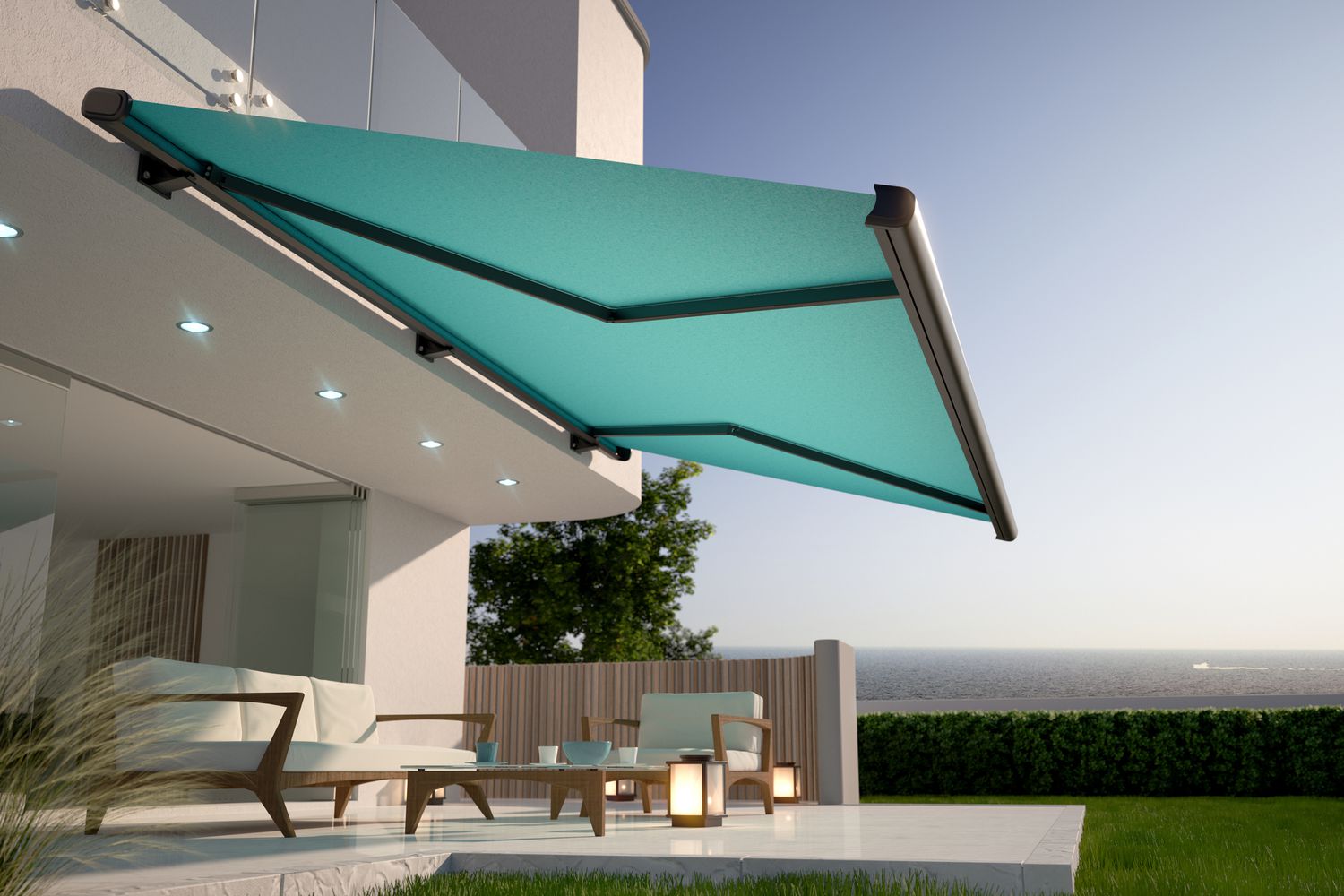
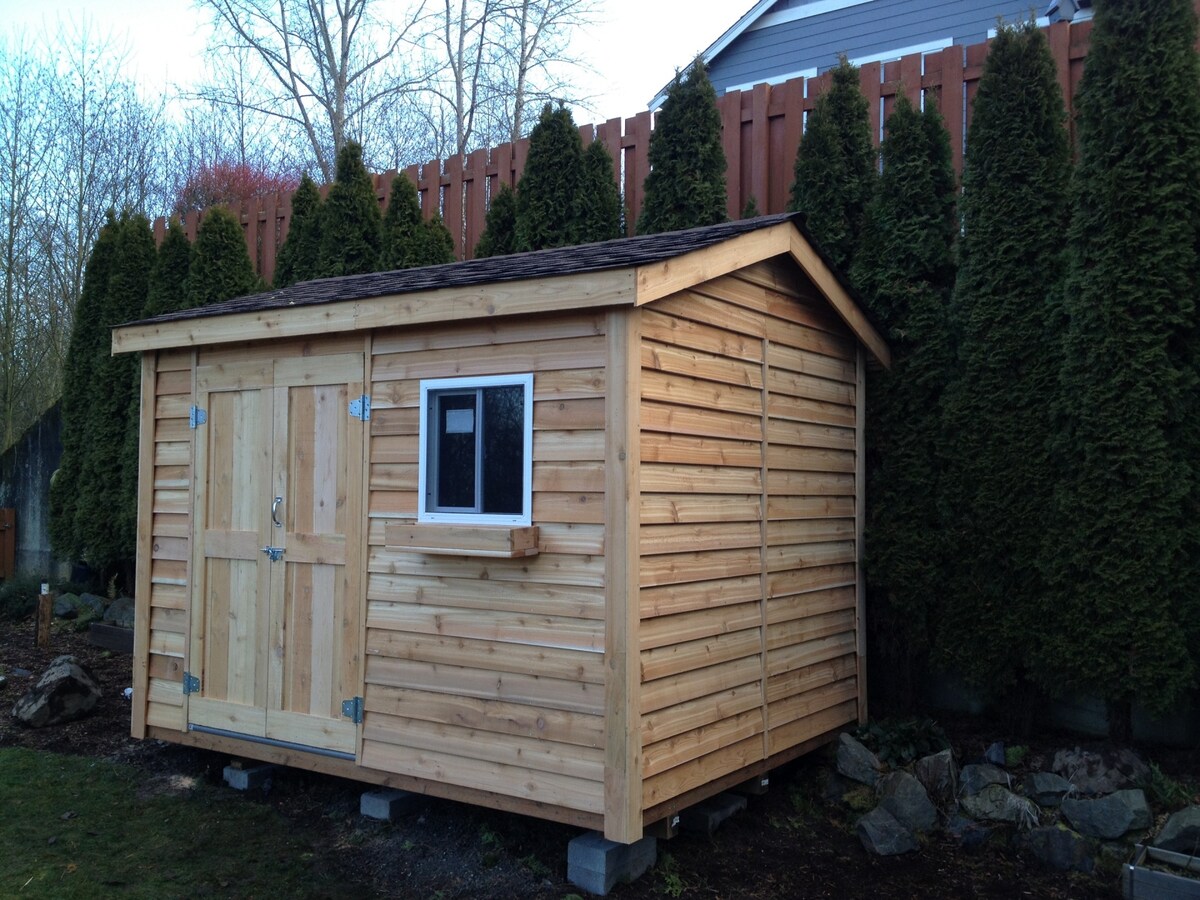

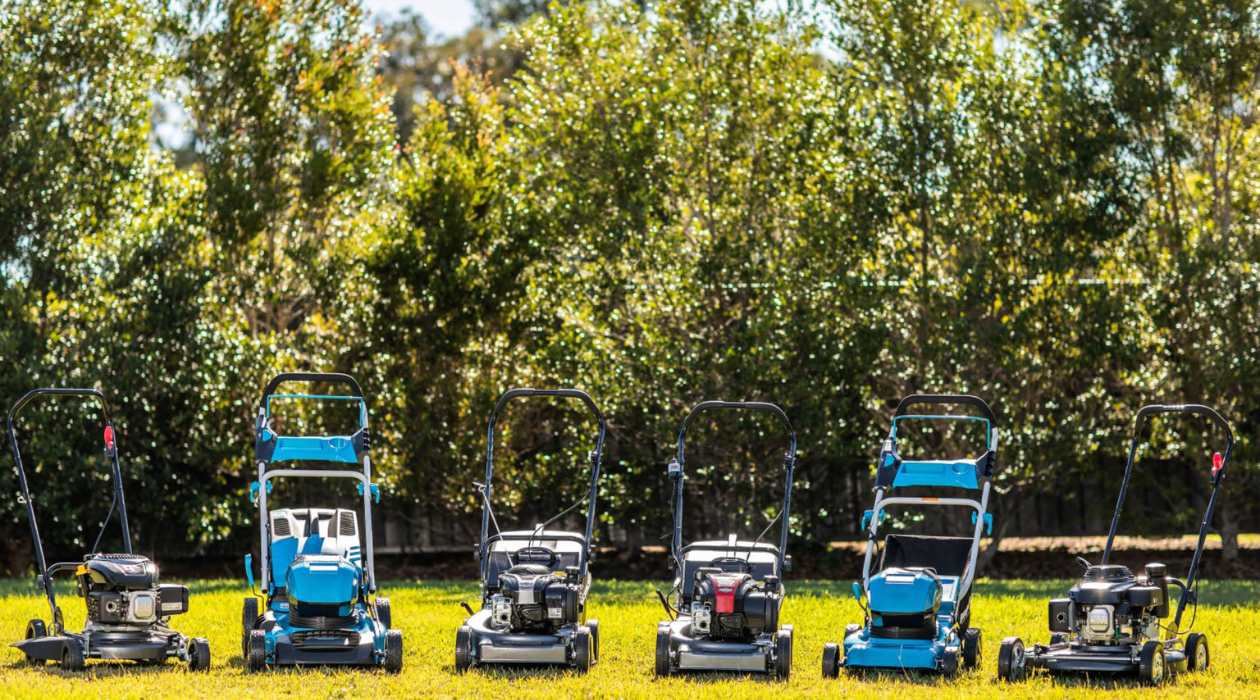
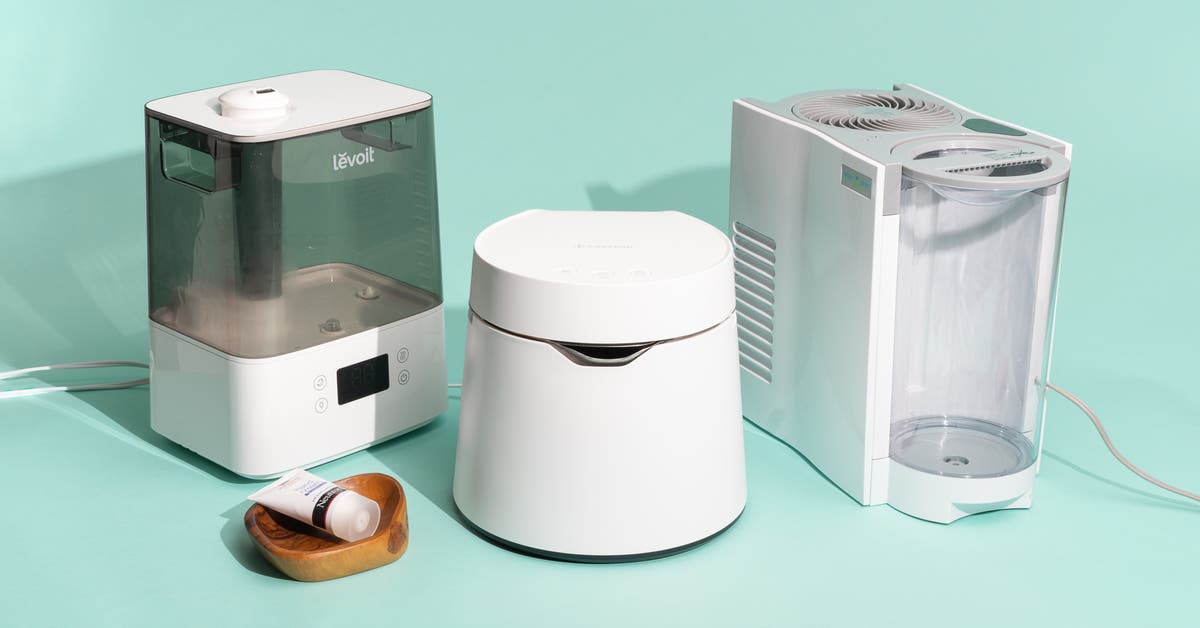
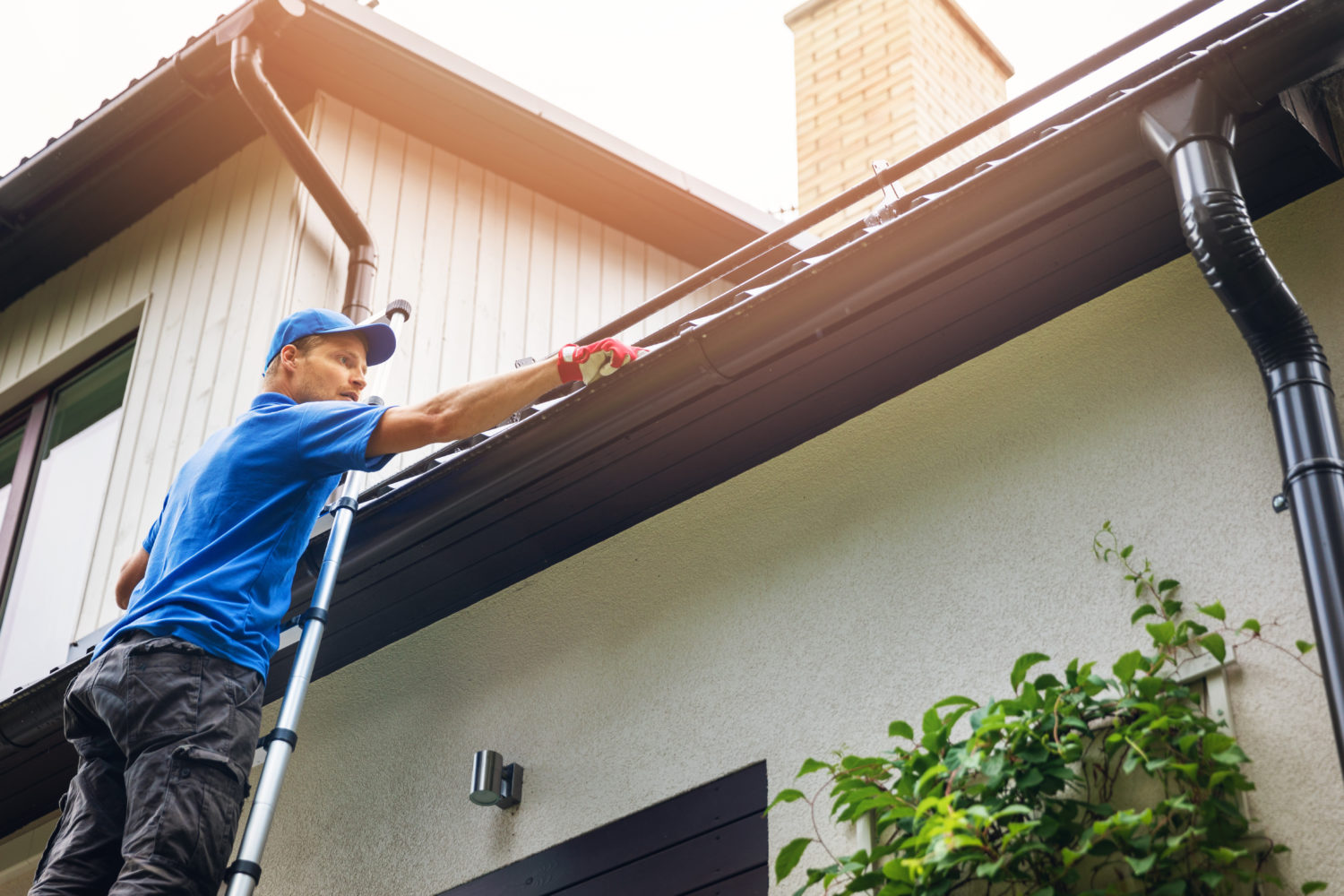
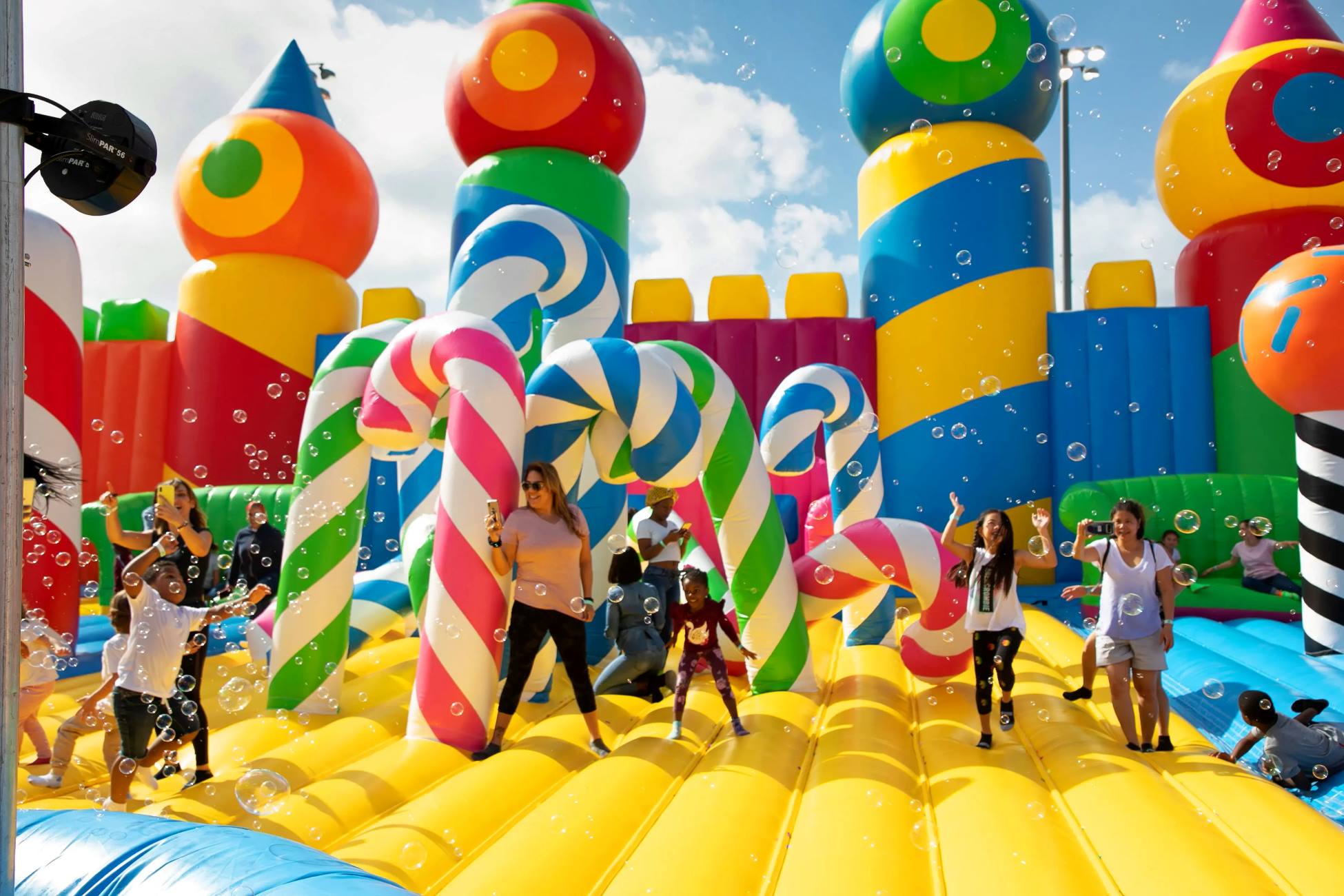
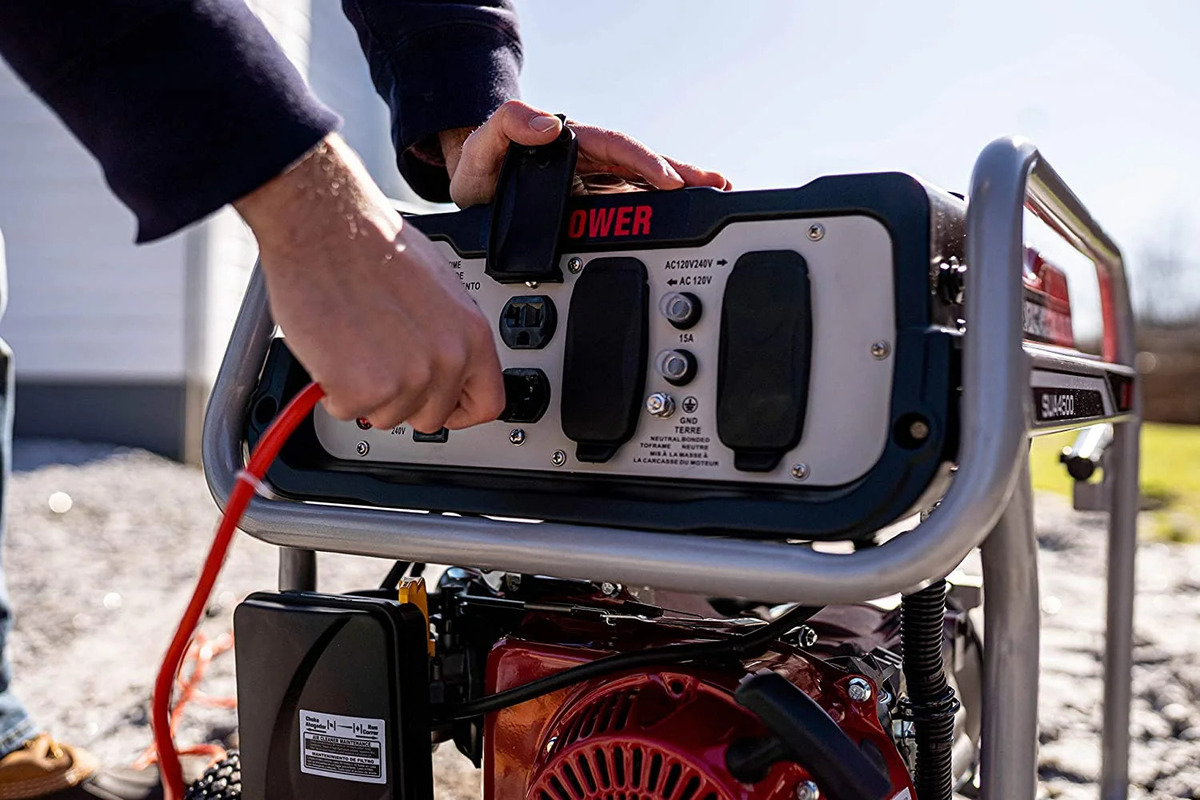

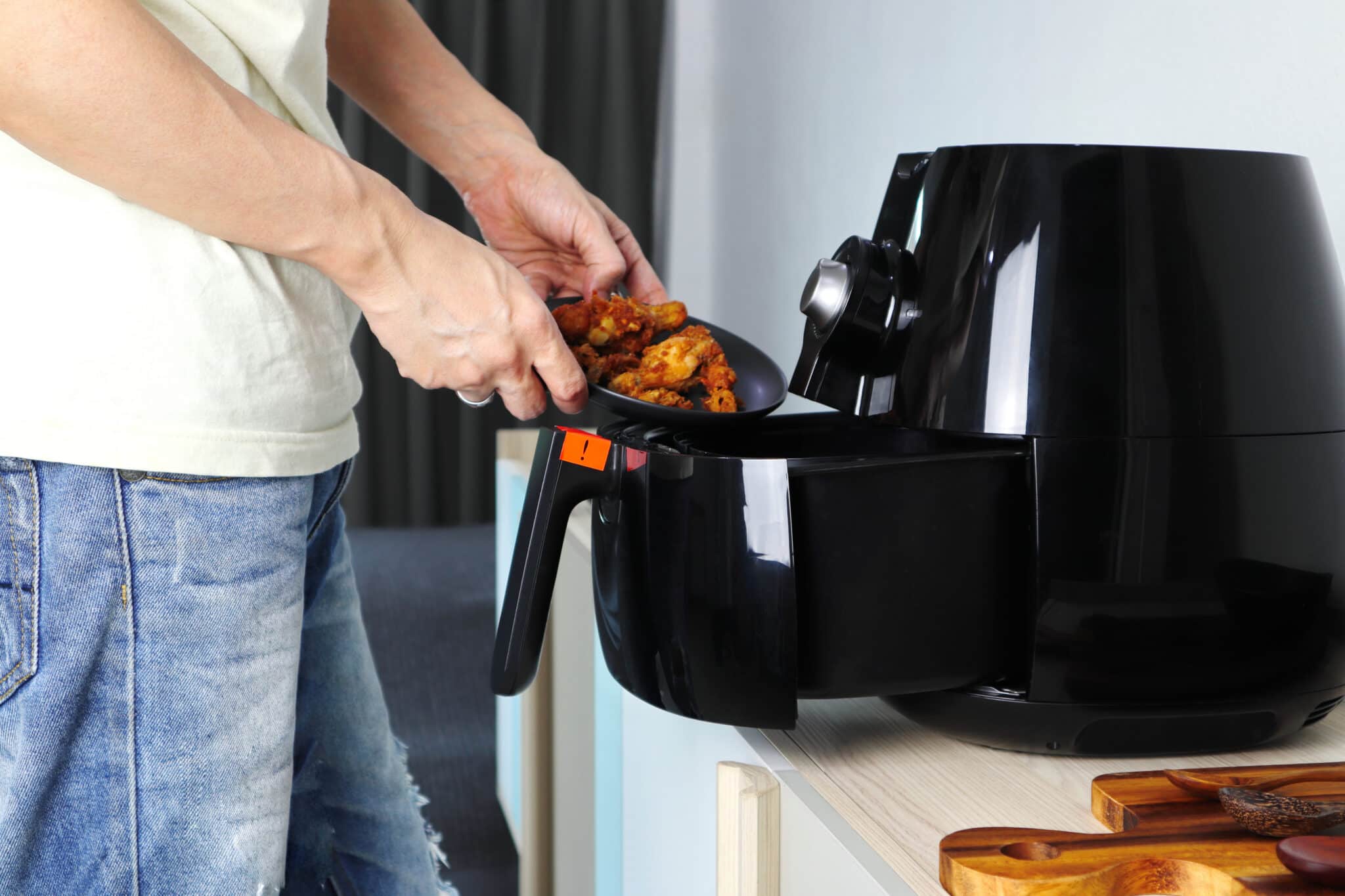
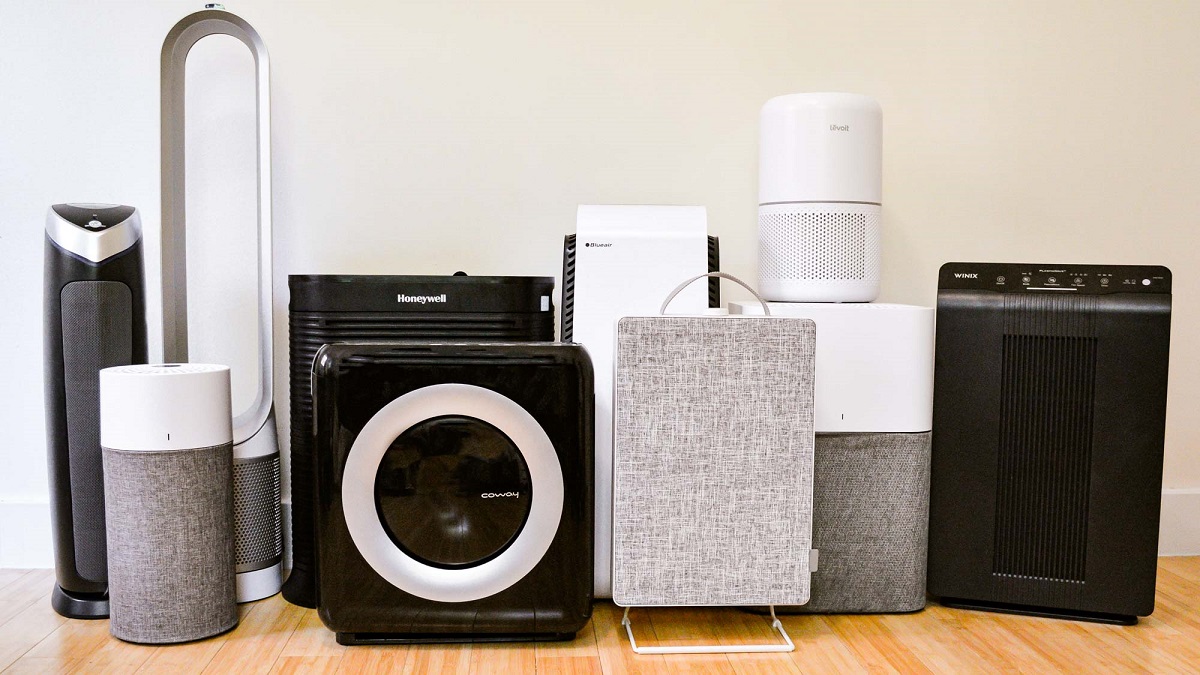

0 thoughts on “What Size Generator Do I Need For A Bounce House”